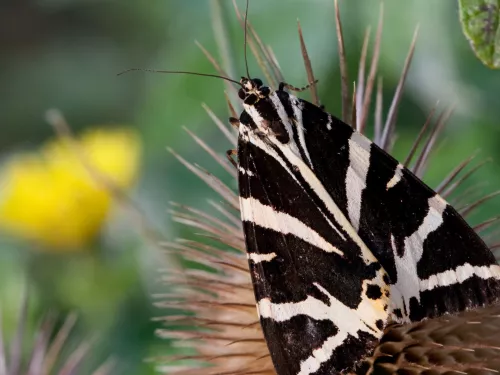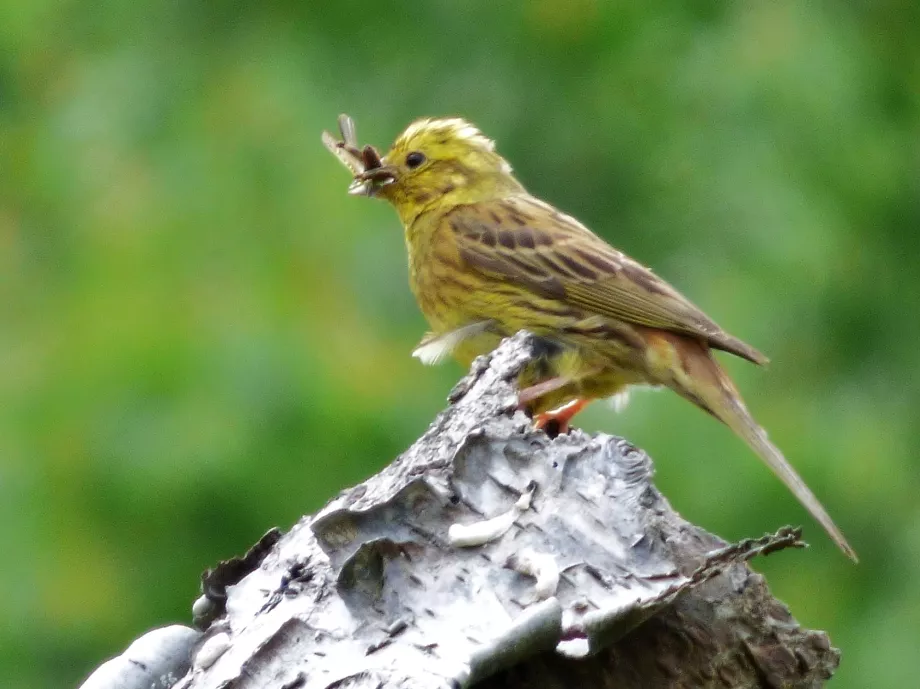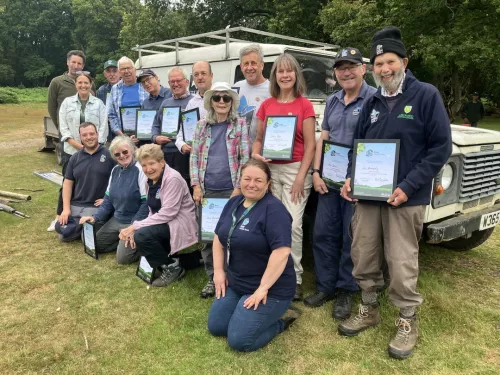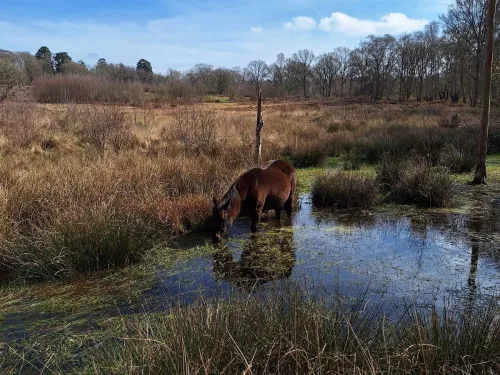This is one of the reserve’s ground nesters and ground feeders that needs our help by keeping humans and dogs on paths and leaving them undisturbed. The nest is a neat cup of grass and leaves lined with fine grasses and hair (another benefit of the grazing animals) either on the ground at the foot of a bush or low down in a hedge or thicket. The female builds the first nest in April, incubating the eggs for up to two weeks then feeding nestlings for up to two weeks. With luck there will be three broods. After all that the adults moult, which may take eight weeks to complete. They feed on starchy wild flower seeds, cereal grains and fruit, adding insects, larvae and small invertebrates during the breeding season, to provide protein and moisture for nestlings. Resident all year round, look for them in winter feeding in communal flocks with finches and other buntings and sparrows.
The yellow plumage is a beautifully complex and subtle mix of greys, brown, black, tawny red and white, yellow top of head and undersides in the male. They are the most widely distributed of the European Bunting family, emberiza being derived from the German Embritz, for bunting, citrinella the Italian for a small yellow bird, Ammer, another German word for a bunting.






